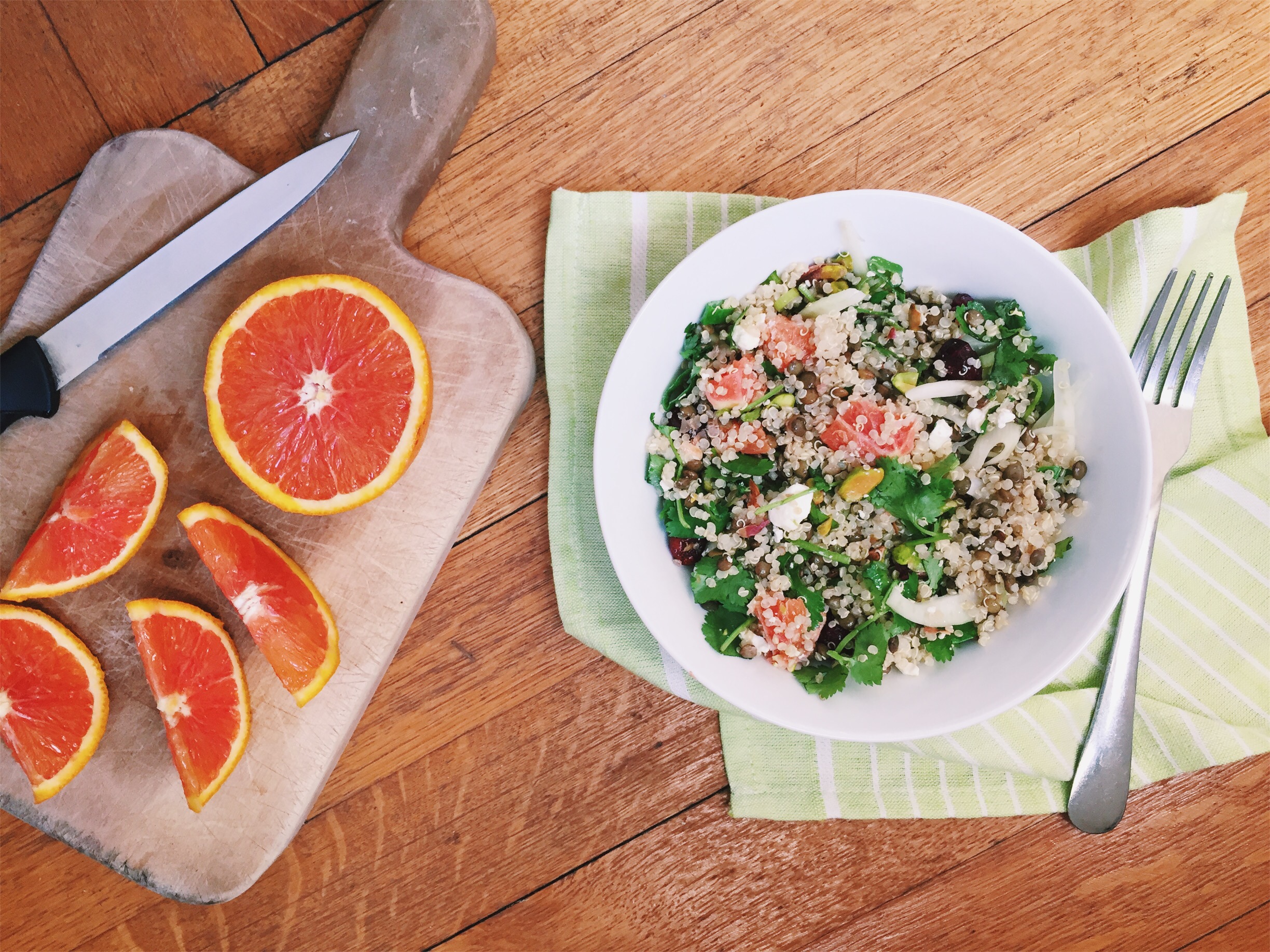If you’ve just learned about the importance of glycemic index and glycemic load, you may be scrambling to figure out how the science might help you make healthier food choices.
The refreshing news is that reaping the benefits of a low-glycemic diet doesn’t mean only looking at numbers. The principle of glycemic health is important, and traditional eating patterns such as the Mediterranean Diet offer a good example of how to enjoy delicious food while safe-guarding your good health. In general, whole and minimally-processed foods are better choices than highly-processed foods, for keeping blood sugar and energy steady.
Here are a dozen ideas anyone can use to easily bring the science of glycemic index, glycemic load and glycemic response to their everyday meals and snacks.
- Enjoy balanced meals and snacks. Eating healthy fats and lean protein with carbohydrates lowers the overall glycemic load of a meal or snack.
- Practice portion control. Too much of even a healthy food is, well, too much. Serve yourself a modest portion, eat slowly and mindfully, and reflect before you reach for more.
- Choose traditional muesli, or longer-cooking oatmeal or porridge (not instant) instead of processed flakes or puffs.
- Eat a variety of intact whole grains, and be sure not to overcook them. Intact grains such as barley, wheatberries and ryeberries have a low glycemic index, especially when they’re cooked al dente.
- Pasta has a low glycemic index, and it’s important to cook it al dente. Enjoy pasta with plenty of vegetables and beans or fish for a healthy pasta meal.
- Look for longer-cooking varieties of rice. Cook extra portions and freeze them for later use.
- Favor whole fruits over fruit juice, and enjoy juice in small quantities or mixed with sparkling water.
- Skip the fluffy, light breads. Traditional dense grainy bread has a much lower glycemic index.
- Eat legumes. Serve lentil soup, a bean-filled chili, or a chickpea salad. Add beans to soups, salads, pasta and other dishes.
- Certain fibers, including resistant starch (found in foods including beans, bananas, cold pasta and potato salads), lower your body’s glycemic response. A mostly-plant-based diet provides a good variety of different types of fiber.
- Add zing to your meals. Acidic foods lower your glycemic response, so squeeze lemon juice on your vegetables, fish or chicken; enjoy your salad with oil and vinegar; and add a splash of vinegar to soups or vegetable stews.
- Enjoy snacks like carrots with hummus, apple slices with nut butter, or plain yogurt with fresh or frozen berries.
This Tip Sheet was inspired by the International Consensus Summit on Glycemic Index, Glycemic Load and Glycemic Response, co-organized by Oldways and the Nutrition Federation of Italy (NFI) in June 2013, in Stresa, Italy.


